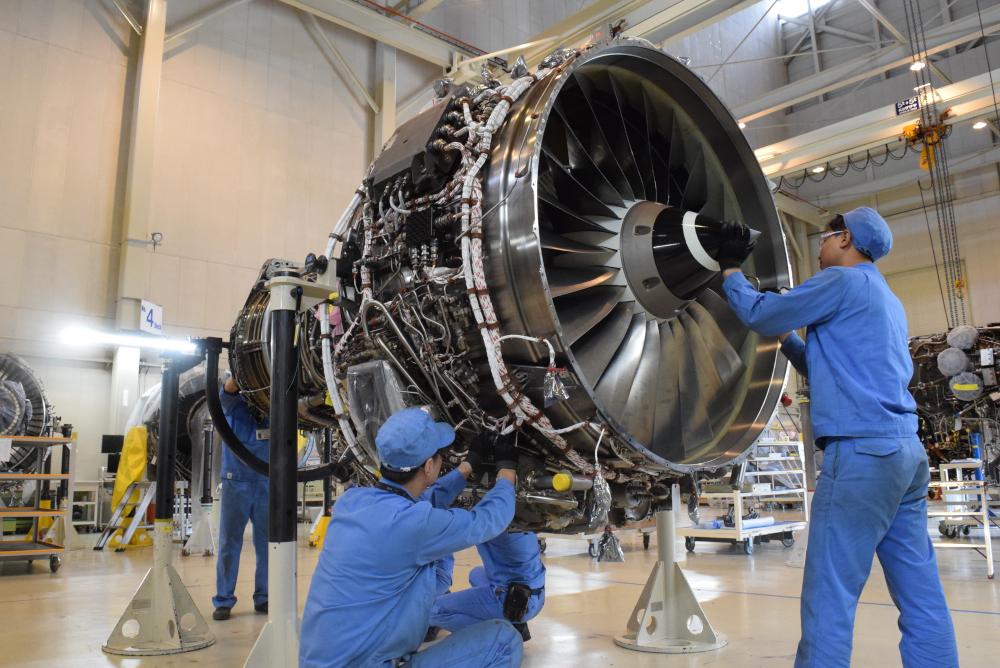
Demand for spare engines is becoming increasingly hard to predict.
Overhaul activity for the CFM56 and V2500 narrowbody engines will peak in around two years at about 4,000 shop visits, according to Aviation Week’s Commercial Fleet & MRO Forecast 2023.
As most airlines operate at least one of those engines, demand for spares is likely to peak around the same time as carriers seek cover for equipment in repair shops.
In contrast, the new-generation narrowbody engines, the CFM Leap and Pratt & Whitney PW1000G, will have very few shop visits over the next few years due their youth.
This makes spare engine demand for such types harder to predict, hinging as it does on the unscheduled removals occurring due to early-life issues of both types. Thus, airlines face a challenge to ascertain how many spares they need—the spare engine ratio—for a given number of in-service new-technology engines.
“For the newer technology that is still entering into service, the airlines and OEMs providing support to their programs have a much more difficult time estimating the correct ratios," says Tom Barrett, president and CEO of engine lessor Engine Lease Finance, in an interview with Inside MRO. "However, in the long run, as the operating reliability builds, we would expect to see a return to ‘normal’ spares ratios and, as ever, these will be provided from a combination of OEM support, operating lessors and airlines’ own access to financing.”
At Lufthansa, Michael Kaye, managing director of engine management, says the group “is continuously improving its spare engine ratio to ensure a stable operation.”
He adds that since 2022 the group has centralized engine planning for all its airlines, which comprise Lufthansa, Swiss, Austrian Airlines, Brussels Airlines and low-cost carrier Eurowings.
To find out more about how airlines are adapting their spare engine strategies to a new demand environment, see the forthcoming Inside MRO.





